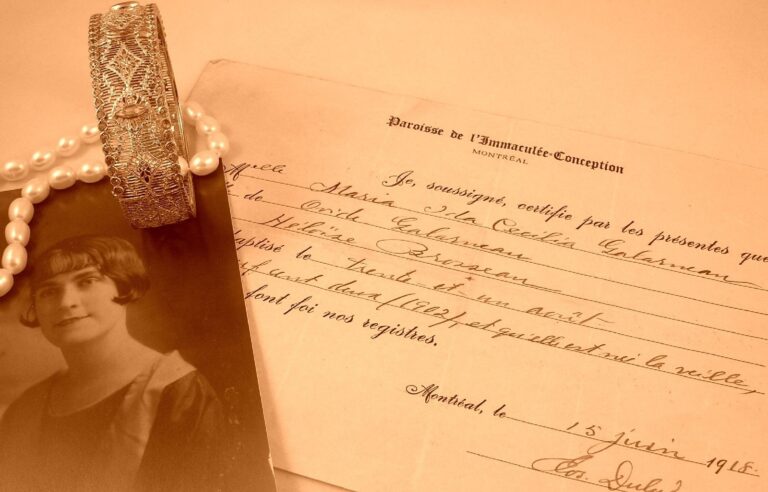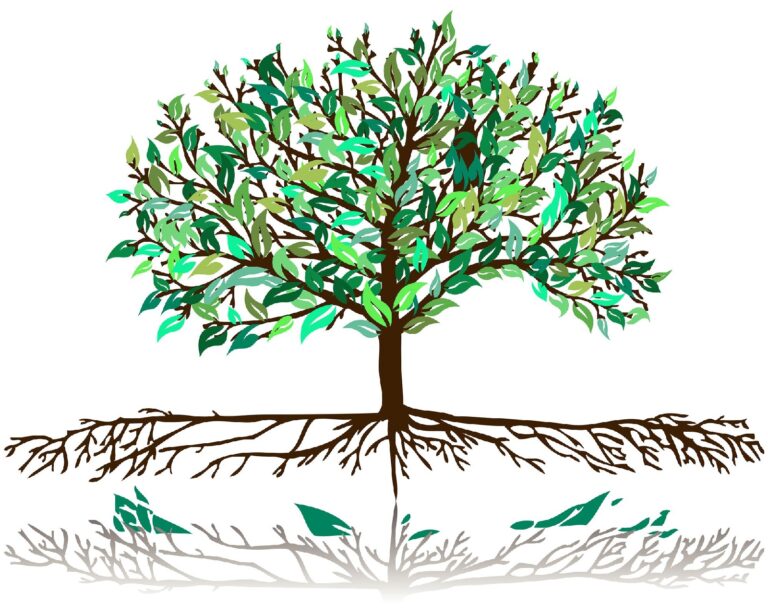
Finding the Roots of Your Family Tree
Even extended families with very close ties may not know much about the generations that came before them. A little snooping into the past to find out about your ancestors can be interesting, entertaining, and even eye opening. Who knows what you might discover! Perhaps you’re related to a Revolutionary War hero… the ruler of a distant land… or even your favorite celebrity.
Putting together a Family Tree can be challenging and time-consuming, especially when you don’t have much evidence readily available about family members prior to the most recent generations. But, turning up information about folks from bygone eras may turn out to a lot easier and more fun than you might expect. Knowing where to look for information is often the hardest part about finding the roots to your family tree.
The Internet has revolutionized all forms of research, including exploring a family’s history. Many of the official records that used to require in-person interviews or traveling to distant locations are now available online. There numerous websites dedicated solely to searching family histories. Many charge a fee, but some are free. If you decide to use an online service, always research the company to make sure it is a legitimate and secure resource.
Even with all the genealogy services around today, there is still some information that can only be found by actually speaking to people, visiting record offices, or contacting local resources. For many people, however, it is actually the hands-on part of the process that makes building a family tree so much fun and such an exciting project to take on.
Here are just a few tips from folks who have experienced some success researching the backgrounds of their own families.
Hands-on tips for researching your family tree…
- Start with yourself. List every person you’re aware of in your family, all the way to your most distant relatives. Include all the basic information you know off the top of your head about each individual, such as name, years of birth and death, occupations, marriages, divorces, children, etc. Then connect the dots between parents, children, siblings, aunts, uncles, cousins, etc.
- Reach out to family members. Fill in the blanks that may be missing from your own personal knowledge and recollections. Ask people in your family what they know about their parents, grandparents, great-grandparents, and anyone else their familiar with in the family.
- Hunt for resources within your family’s belongings. Collect everything you can find, including all birth and death certificates, journals, letters, postcards, military service records, marriage certificates, newspaper clippings, travel records, property deeds, business licenses, immigration records, bibles, school yearbooks, etc. You will probably end up with lots of material to peruse and plenty of information to help you burrow deeper into the roots of your family tree.
- Start with yourself. List every person you’re aware of in your family, all the way to your most distant relatives. Include all the basic information you know off the top of your head about each individual, such as name, years of birth and death, occupations, marriages, divorces, children, etc. Then connect the dots between parents, children, siblings, aunts, uncles, cousins, etc.
- Reach out to family members. Fill in the blanks that may be missing from your own personal knowledge and recollections. Ask people in your family what they know about their parents, grandparents, great-grandparents, and anyone else their familiar with in the family.
- Hunt for resources within your family’s belongings. Collect everything you can find, including all birth and death certificates, journals, letters, postcards, military service records, marriage certificates, newspaper clippings, travel records, property deeds, business licenses, immigration records, bibles, school yearbooks, etc. You will probably end up with lots of material to peruse and plenty of information to help you burrow deeper into the roots of your family tree.
- Explore official records, documents, and sources. There will probably be plenty of gaps in the information you get from family members and family belongings. You may be able to fill in information by searching outside the family unit.
- Look through old local newspapers. If you have people’s names as well as where and when they lived, newspapers that were around at that time are great resources to learn more about the lives of those individuals. Many newspapers have online archives nowadays that can be searched fairly easily. Birth notices, news stories, sports reports, political announcements, and obituaries can be very helpful. An obituary usually includes lots of information about a person, including names of other family members.
- Check into Census records. Census records can provide a gold-mine of information. They list things like age, gender, occupation, birthplace, marital status, and family members. You can find out if a family owned or rented their home and about all the individuals living in the home at the time of the census. According to the U.S. Census Bureau website, census records are available at National Archives facilities and many large public and university libraries. Many public libraries allow their patrons to access these records free-of-charge when using a library card.
- Request state death records. Every death must be registered with government officials in the jurisdiction where the death occurred. Death records include more than the date of death. They often list cause of death, religion, occupation, parents, spouse, residence, and location of burial site. To request a death certificate, contact the state or local health department in the town or county where the person died.
- Research cemeteries. If you do not have much information about an ancestor but you do have a good idea where the person died, a local cemetery may be of some help. Cemetery records often provide information like names, dates, and family members. Some even include photographs. Try searching the family name, the location where the person died, and the word “cemetery.” There are searchable online databases where information from cemeteries across the globe has been made available.
- Maintain thorough records throughout the process. Always keep track of all information you find, where you found it, when you found it, etc. You should also keep a record of the information you DO NOT find and where you looked for the information. That way, you will not waste time retracing steps or searching the same materials repeatedly. Many people use index cards to make notes because they are easy to work with and can be move from one pile to another.


Age Adds Flavor
We are not old, we are seasoned!
Don’t forget to visit us on FACEBOOK!
